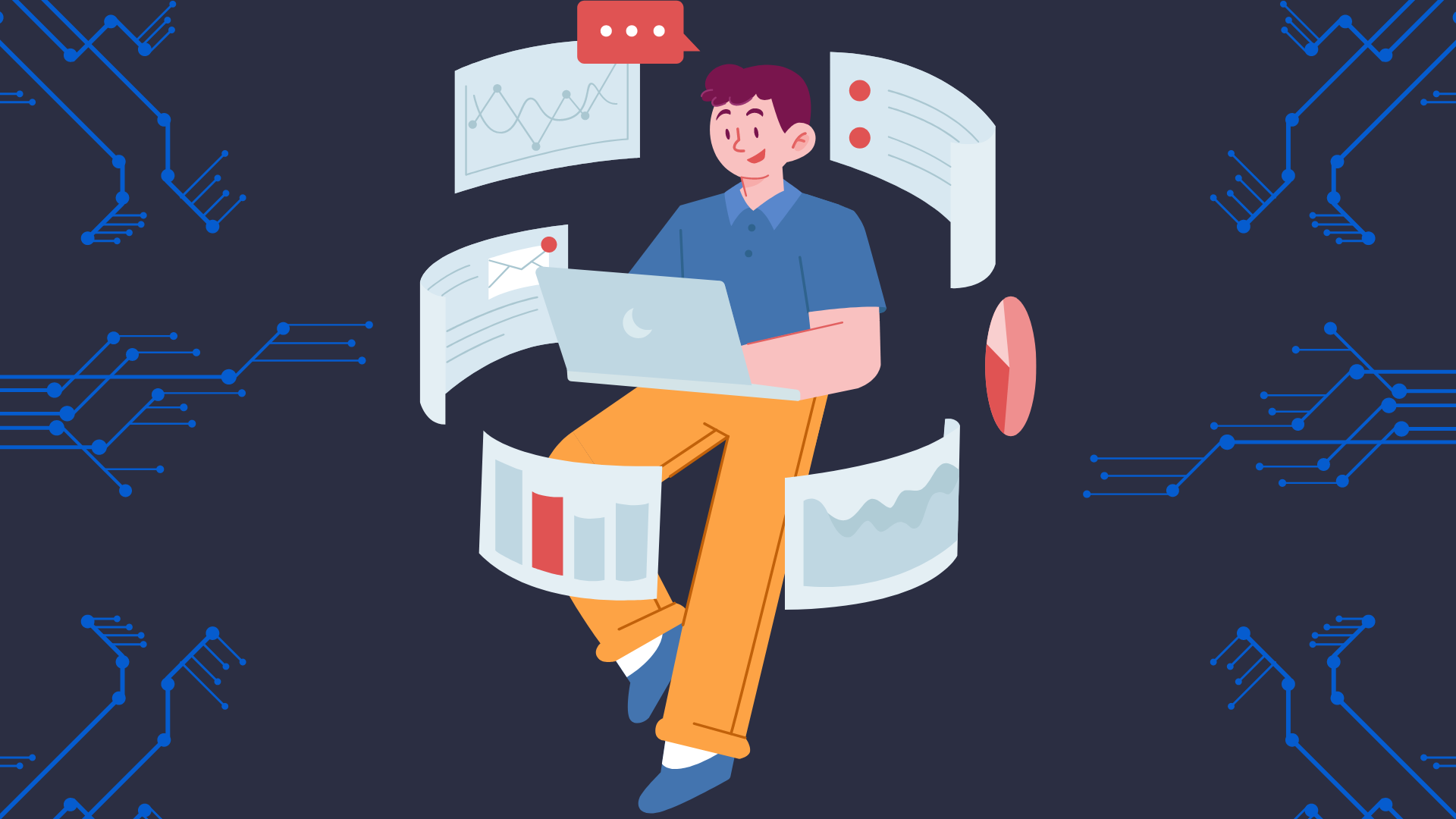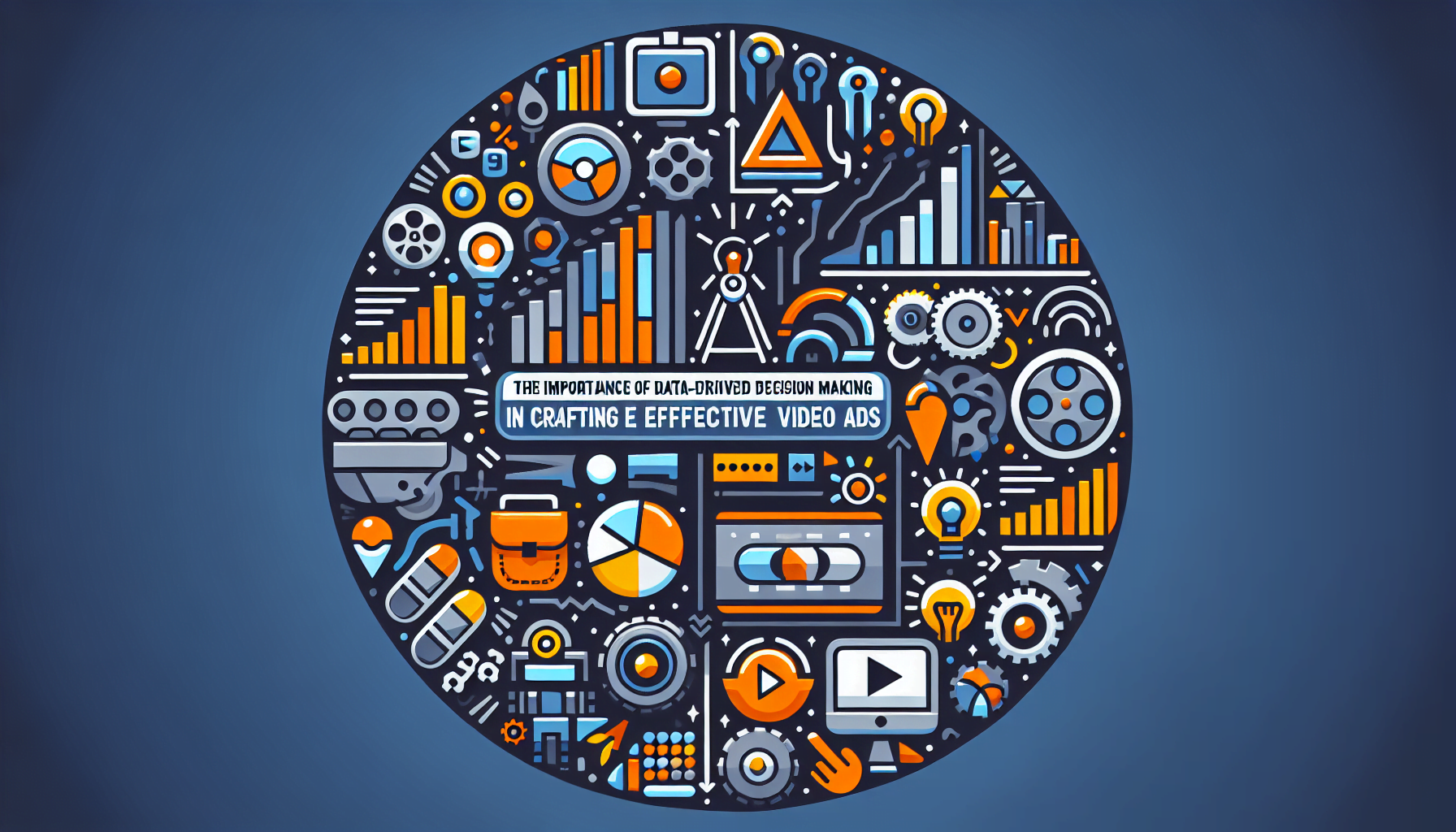In today’s data-driven world, organizations are constantly looking for ways to leverage their vast amounts of data to gain a competitive edge. One of the most powerful tools available to them is AI data analytics. By harnessing the power of artificial intelligence (AI) and data analytics, businesses can unlock valuable insights and make more informed decisions. In this article, we will explore the world of AI data analytics, its evolution, benefits, real-world applications, and the challenges organizations may face in implementing it.
Understanding AI and Data Analytics
Before diving into the intricacies of AI data analytics, it’s important to understand what AI and data analytics are. AI refers to the ability of machines to mimic human intelligence and perform tasks that typically require human intelligence, such as language translation, image recognition, and decision-making. On the other hand, data analytics involves the extraction, transformation, and analysis of data to uncover patterns, insights, and trends.
AI, or Artificial Intelligence, is a broad and fascinating field that encompasses various subfields, each with its own unique applications and capabilities. One of the most prominent subfields is machine learning, which focuses on developing algorithms that enable systems to learn from data and improve their performance over time without explicit programming. This ability to learn and adapt is what sets AI apart from traditional computer programs.
Data analytics, on the other hand, is a discipline that focuses on extracting valuable insights from large datasets. It involves the use of statistical techniques and algorithms to analyze data and uncover meaningful patterns and trends. By applying data analytics, organizations can gain a deeper understanding of their operations, customers, and market trends.
Definition of AI and Data Analytics
AI is a broad field that encompasses various subfields, including machine learning, natural language processing, and computer vision. Machine learning, in particular, is a branch of AI that enables systems to learn from data and improve their performance over time without explicit programming. It involves the development of algorithms that can automatically learn and make predictions or take actions based on data.
Natural language processing (NLP) is another subfield of AI that focuses on enabling machines to understand, interpret, and generate human language. This technology is used in applications like chatbots, voice assistants, and language translation systems. NLP algorithms analyze text and speech data to extract meaning, sentiment, and intent.
Computer vision, yet another subfield of AI, focuses on enabling machines to understand and interpret visual information. Computer vision algorithms can analyze images and videos to recognize objects, detect patterns, and even understand human emotions. This technology has applications in fields such as autonomous vehicles, surveillance, and medical imaging.
Data analytics, on the other hand, focuses on extracting valuable insights from large datasets using statistical techniques and algorithms. It involves the process of collecting, cleaning, transforming, and analyzing data to uncover patterns, trends, and correlations. By applying data analytics, organizations can make data-driven decisions, optimize processes, and identify new business opportunities.
The Intersection of AI and Data Analytics
AI and data analytics are closely intertwined. While data analytics provides the foundation for uncovering insights from data, AI enhances analytical capabilities by automating the process of data analysis and decision-making. By using AI algorithms, organizations can analyze data faster, identify patterns that may not be apparent to humans, and make predictions and recommendations based on the data.
For example, in the field of healthcare, AI and data analytics can be used to analyze patient data and identify early warning signs of diseases. By analyzing large amounts of patient data, AI algorithms can detect patterns and correlations that may indicate the presence of a disease or the likelihood of a certain outcome. This can help healthcare professionals make more accurate diagnoses and develop personalized treatment plans.
In the retail industry, AI and data analytics can be used to analyze customer data and predict buying behaviors. By analyzing past purchase history, browsing patterns, and demographic information, AI algorithms can identify customer segments, recommend personalized products, and optimize pricing strategies. This can help retailers increase sales, improve customer satisfaction, and drive business growth.
By leveraging the power of AI to analyze and extract insights from large datasets, organizations can gain a competitive edge, make data-driven decisions, and unlock new opportunities for innovation and growth.
AI Evolution in Data Analytics
The journey dates back several decades. From its early beginnings to its current state, AI has come a long way in transforming the field of data analytics.
But what exactly is AI? Artificial Intelligence, or AI, refers to the development of computer systems that can perform tasks that would typically require human intelligence. In the context of data analytics, AI enables machines to analyze and interpret vast amounts of data, uncovering patterns, trends, and insights that would be difficult for humans to identify.
In the 1950s, AI was mostly a theoretical concept, with researchers exploring the possibilities of machines emulating human intelligence. These early pioneers, such as Alan Turing and John McCarthy, laid the groundwork for what would become a revolutionary field.
It was not until the 1980s and 1990s that AI started making significant strides in data analytics with the development of algorithms capable of learning from data. This marked the birth of machine learning, which paved the way for the AI-powered data analytics we see today.
Machine learning algorithms, such as decision trees, neural networks, and support vector machines, enabled computers to automatically learn from data, making predictions and decisions based on patterns and examples. This breakthrough allowed businesses and organizations to leverage their vast amounts of data to gain valuable insights and make data-driven decisions.
Today, AI is experiencing a rapid evolution, driven by advancements in computing power, the availability of big data, and breakthroughs in machine learning algorithms.
One of the current trends in AI is deep learning. Deep learning leverages neural networks, which are inspired by the structure and function of the human brain, to process large amounts of data. This approach has proven to be highly effective in tasks such as image and speech recognition, natural language processing, and even autonomous driving.
Another trend is edge computing. Traditionally, data analytics was performed in centralized systems, where data was collected, processed, and analyzed in a central location. However, with the rise of the Internet of Things (IoT) and the proliferation of connected devices, there is a need for real-time data analytics at the edge of the network. Edge computing enables data to be processed and analyzed locally, reducing latency and enabling faster decision-making.
As AI continues to advance, we can expect even more exciting developments in the field of data analytics. From predictive analytics to anomaly detection, AI is revolutionizing the way we extract insights from data and make informed decisions.

Benefits of AI in Data Analytics
The integration of AI in data analytics brings numerous benefits to organizations across various industries. Let’s explore some of the key advantages.
Improving Decision-Making with AI
AI-powered data analytics enables organizations to make more informed and data-driven decisions. By analyzing vast amounts of data from different sources, AI algorithms can identify trends, patterns, and correlations that may not be apparent to human analysts. This allows organizations to gain deeper insights into customer behavior, market trends, and operational inefficiencies, enabling them to make smarter business decisions.
Enhancing Business Efficiency through AI Data Analytics
It can also help organizations streamline their operations and improve efficiency. By automating tedious and time-consuming tasks such as data cleaning and processing, AI algorithms free up valuable resources that can be redirected toward more strategic initiatives. Additionally, AI-powered predictive analytics can optimize processes, minimize downtime, and reduce costs by identifying potential issues before they escalate.
Real-World Applications
The potential applications of AI data analytics are vast and span across various industries. Here are two examples of how AI is revolutionizing data analytics in healthcare and retail.
AI in Healthcare Data Analysis
In the healthcare industry, this type of AI is helping medical professionals improve patient outcomes and treatment options. AI algorithms can analyze patient data, medical records, and clinical research to identify patterns and suggest personalized treatment plans. Furthermore, AI-powered predictive analytics can help identify early warning signs of diseases, enabling preventive measures and ultimately saving lives.
AI in Retail and E-commerce Data Analysis
In the retail and e-commerce sector, AI is transforming the way businesses understand and engage with their customers. By analyzing customer preferences, past purchases, and browsing behavior, AI algorithms can provide personalized recommendations, optimize pricing strategies, and predict future buying trends. This not only enhances the customer experience but also drives revenue growth and customer loyalty.
Challenges and Solutions in Implementing AI Data Analytics
While the potential of AI data analytics is immense, organizations may face some challenges when it comes to implementation. Let’s explore two common challenges and their possible solutions.
Overcoming Data Privacy Concerns
One of the main concerns with AI data analytics is data privacy. As organizations collect and analyze increasingly large amounts of data, ensuring the privacy and security of that data becomes paramount. To address this challenge, organizations can implement robust data protection measures, such as encryption, anonymization, and access controls, to safeguard sensitive information. Additionally, organizations can establish transparent data usage policies and obtain consent from individuals before collecting and analyzing their data.
Addressing the AI Skills Gap
Another challenge organizations face is the shortage of AI talent. As AI becomes more prevalent, the demand for skilled professionals who can harness its potential is increasing. To bridge the AI skills gap, organizations can invest in training and upskilling their existing workforce, collaborate with educational institutions to develop AI-focused curricula and leverage external partnerships to access AI expertise. Furthermore, organizations can also explore AI automation tools and platforms that require minimal coding knowledge, enabling non-technical employees to use them.
In conclusion, AI has the potential to revolutionize the way organizations leverage their data to drive business growth. By understanding the fundamentals, exploring its evolution, and uncovering its benefits and real-world applications, organizations can unlock the full potential that it has to offer. While challenges may arise, addressing data privacy concerns and skills gaps will pave the way for the successful implementation and utilization of AI data analytics. As we venture into this AI-powered era, organizations that embrace AI data analytics will be better positioned to thrive in an increasingly competitive landscape.
What do I need to enter the Data-driven AI world?
Although this type of data-driven decision-making is extremely beneficial for the client, you should also keep in mind that it needs good study and learning. Various software offers all the qualities for the creation of these ads, but its handling will require patience until you get what you need to make it automatic.
We offer generGrade, an ideal solution that helps you create more effective video ads that resonate with your target audience, driving higher engagement and conversion rates. This leads to increased ROI and more efficient use of your advertising budget. Simply upload your video to the tool, and it will generate a detailed report, including the probability of your video’s success. Armed with this newfound information, you can make informed decisions to optimize your ad content and reach your target audience more effectively.





